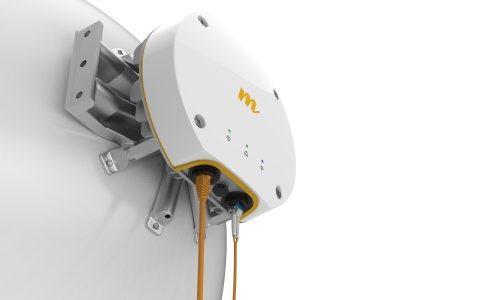According to the FCC’s own 2016 Broadband Progress Report, 39% of Americans living in rural areas lack access to ‘superfast’ broadband, leaping to 41% of Americans living in Tribal lands. Superfast is defined as a broadband internet connection of 25Mbps. In practice, this means the ability, at home, to stream your favorite shows on Netflix, or in the office, to download large files without delay or partake in a video conference call without any disruption to the service.
Broadband access is also a problem in many suburban and urban locations. In these areas, where over 80% of Americans live, countless fiber broadband projects have been stalled or abandoned, and consumers have very little choice over their internet service provider, due to long held monopolies by gorilla service providers. This is despite a staggering $84 billion of government subsidies to date.
This situation has created a stark digital divide in the US, whereby a significant proportion of citizens are unable to access ‘superfast’ broadband. This impacts access to education and services, job prospects, business opportunities, or just the chance of a reliable communication.
Closing the digital divide
A new Broadband Access Coalition (BAC) of internet service providers has joined forces with consumer, schools and healthcare advocacy groups to petition the FCC to open up the airwaves for spectrum best suited to a new, superfast broadband service for the whole of America. This new approach does not rely solely on fiber, which is costly and difficult to deploy, but instead harnesses wireless broadband. This technology can be deployed at up to one tenth the cost of laying new fiber cabling to homes, with far fewer disruptions and project delays. It can also bring new superfast Wi-Fi services to areas that have no or little choice over their broadband provider.
Thanks to the petition made to the FCC by the BAC, which is now open for public consultation, consumers can assume control, have their say, and make a real, lasting difference to their local community and the wider economy. The public petition will help persuade lawmakers to open up new wireless spectrum for wireless broadband services.
Why broadband is the first choice for consumers
94% of our internet traffic traverses Wi-Fi and home or business broadband connections – not more expensive cellular airwaves. The BAC’s petition proposes to open up new wireless spectrum for improving broadband services cost-effectively. This spectrum is capable of providing great coverage in underserved rural areas, and can stimulate new competitive ISPs to enter the market and connect dense suburban areas. Unfortunately, the mobile industry is lobbying to secure this new spectrum band for its own exclusive use. It is important that it is not monopolised by mobile providers as it will limit availability of spectrum to regional ISPs in rural areas, and again pass on huge costs again to consumers.
Over 98% of Americans now live in areas covered by 4G LTE cellular networks. This sounds good in theory, but in reality, low speed, congestion and high data costs make this an unattractive option for consumers. This has led to prices for LTE bandwidth being nearly 120 times that of traditional broadband data plans. The average price for mobile data in the United States is $6 per GB, while the average price for fixed data is just $0.05 per giga byte (GB).
Recent data from iGR Research tells us that American families consume 190GB per month, on average, over home broadband connections. Consuming this amount of data in the home using mobile phones is implausible and extremely costly. With ‘unlimited’ data plans hard-throttling customers at 22GB per month, and the average 4K movie consuming up to 14GB, it simply isn’t viable for most Americans to only use LTE for their home broadband needs.
We’re quickly reaching a point where there will be one network traffic source that really matters in the world, and that’s the internet. Landline voice service became obsolete about five years ago, and traditional paid TV services are rapidly moving in the same direction. Superfast broadband delivering Wi-Fi into the home can support a full range of internet and TV applications, such as Netflix and other on-demand services. However, what we now need is freedom of choice for affordable, superfast internet, to satisfy pent-up consumer demand.
The new wireless approach means consumers no longer have to be tethered to any physical infrastructure, meaning the ability to change the dynamic and disrupt the system is at the very heart of the wireless broadband ecosystem. Unlike challenging other traditional utilities, action doesn’t require consumers to overhaul their homes – all they have to do is sign the petition. Opening up affordable, existing spectrum to broadband providers via the new wireless delivery model, means that regardless of location of residence or income, superfast broadband access will be available and affordable. The battle for your bytes is here and now. And, with action from consumers and businesses, it is a battle which can be won.

